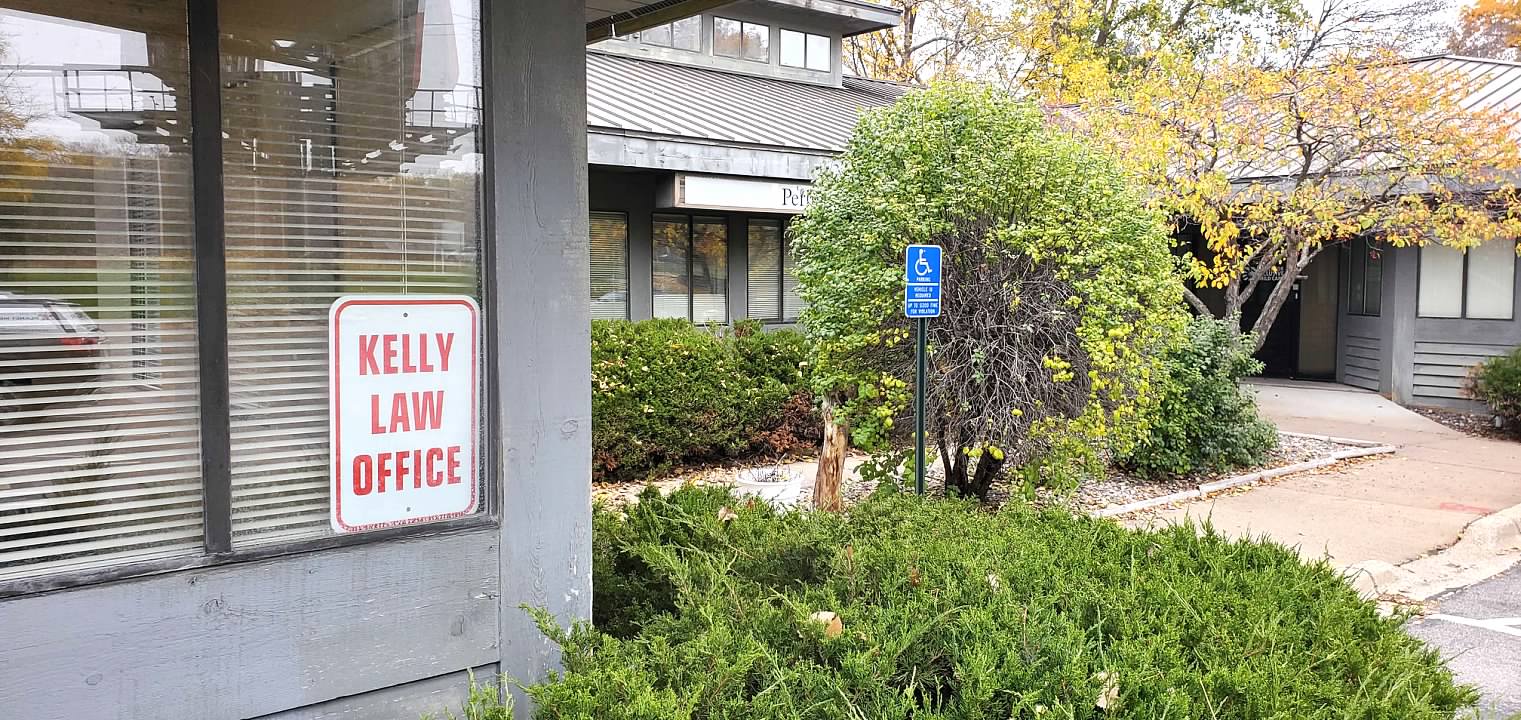Just noticed that Minnesota Lawyer has a good recent article on the subject of lien stripping and the status of the availability of this process for Minnesota residents. This is a process in Chapter 13 bankruptcies involving people who have second mortgages. It has to be a situation where the value of the house is less than the balance on the first mortgage. The theory is that in cases where the homestead is worth less than the balance on the first mortgage, then the second mortgage is not really a secured debt.
One prepares and files a Chapter 13 bankruptcy in which the second mortgage is put in with the unsecured debts. If it succeeds, the debtors should be able to come out the other end – usually after paying in on a Chapter 13 plan for five years – with only one mortgage on their house instead of two. This could really help a lot of people. The trouble right now is that the availability of the process is still under appeal. Besides that, the exact procedure for clearing the lien of the second mortgage from the title as a matter of real estate law is still under discussion.
Once the appeals are over and both the bankruptcy laws and the real estate laws have been fully nailed down, this could be really something. For now I have not found myself willing to subject a client of mine to all the risks involved in this procedure. To me it just doesn’t seem quite ready for prime time. I know lawyers who are going full steam ahead with this, however, and I could refer you to one it you’d like to at least look into it.






